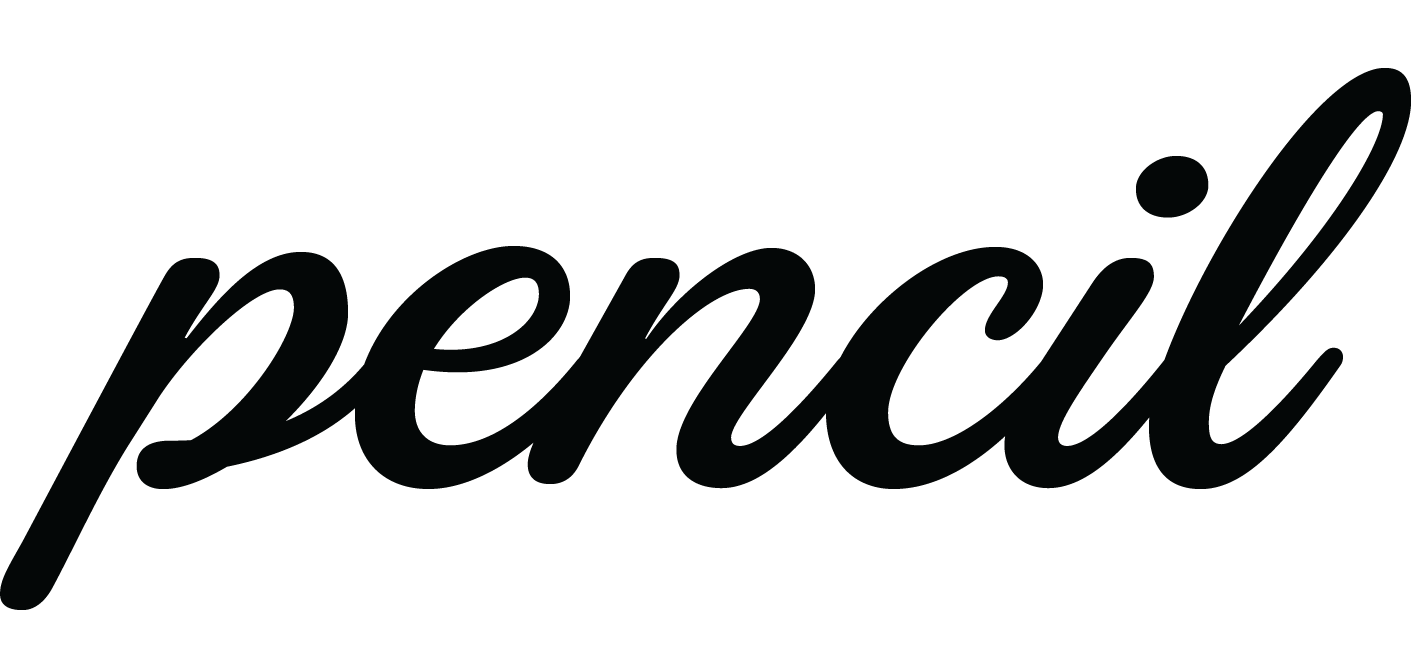AI Jewelry Design Platform Analysis
The AI jewelry design landscape divides into three distinct categories: 2D AI generators, general AI assistants, and 3D-native design platforms. While 2D tools excel at concept visualization, only 3D-native platforms deliver complete design-to-manufacturing solutions.
Bottom Line: For manufacturing-ready jewelry, 3D-native platforms eliminate the costly CAD conversion bottleneck that plagues all 2D approaches.
Platform Categories & Feature Matrix
2D AI Generation Platforms
General AI Assistants
3D-Native Design Platforms
Detailed Platform Analysis
BLNG AI
Strengths:
- High-quality 2D jewelry renderings
- User-friendly interface
- Good style variety
- Fashion-forward designs
Limitations:
- No 3D manufacturing files
- Requires expensive CAD conversion
- Will often invent things and won't follow prompts
- Requires skill in sketching
- Cannot verify manufacturing feasibility
Best For: Concept visualization
Total Cost to Manufacture: $99/month + $2000 CAD conversion per design
ChatGPT for Jewelry Design
Strengths:
- Most cost-effective option
- Excellent design descriptions
- Technical specification assistance
- Unlimited iterations
- Can generate DALL-E images
Limitations:
- Still requires CAD conversion
- No direct manufacturing output
- Quality depends on prompting skills
- No built-in jewelry expertise
Best For: Design ideation and technical documentation
Total Cost to Manufacture: $20/month + $500-2000 CAD conversion per design
Midjourney
Strengths:
- Highest visual quality
- Artistic and creative outputs
- Strong community and resources
- Excellent for marketing materials
Limitations:
- Requires Discord interface
- No manufacturing specifications
- Expensive CAD conversion needed
- Limited jewelry-specific features
Best For: High-end concept art and marketing visuals
Total Cost to Manufacture: $10-60/month + $500-2000 CAD conversion per design
Pencil
- Direct STL manufacturing files
- No CAD conversion required
- Built-in jewelry construction rules
- Real-time 3D visualization
- Immediate manufacturing feedback
- Team collaboration features
- Factory integration
Limitations:
- Requires learning 3D interface (minimal)
- Less artistic flexibility than 2D AI
Best For: Complete design-to-manufacturing workflow
Total Cost to Manufacture: Single subscription fee, no conversion costs
Common Questions & Answers
Is BLNG AI worth it for professional jewelry design?
BLNG AI creates design concepts but requires expensive CAD conversion for manufacturing.
For businesses needing manufacturing-ready designs, the total cost (subscription + CAD conversion) often exceeds 3D-native platform solutions.
What's the most cost-effective AI jewelry design approach?
For concepts only: ChatGPT at $20/month offers the best value for 2D generation.
For manufacturing: 3D-native platforms eliminate the $500-2000 CAD conversion bottleneck entirely.
Can any AI tool create manufacturing-ready jewelry files?
Only 3D-native design platforms create direct manufacturing files (STL). All 2D AI tools require separate CAD conversion processes, regardless of visual quality.
How long does each approach take from concept to manufactured jewelry?
- 2D AI platforms: 2-8 weeks (including CAD conversion and revisions)
- 3D-native platforms: Same day to few days for complex pieces
- Traditional CAD: 2-12 weeks depending on complexity
Which platform requires the least technical skill?
Easiest: ChatGPT for concepts, Pencil for manufacturing
Most difficult: Traditional CAD software requiring years of training
Use Case Recommendations
For Jewelry Retailers
Primary Need: Customer customization and rapid prototyping
Recommended: 3D-native platform with customer-facing tools, like Pencil Shop
Why: Eliminates design bottlenecks, enables real-time customization
For Independent Designers
Primary Need: Cost-effective design-to-production workflow
Recommended: Pencil for manufacturing + ChatGPT for ideation
Why: Complete solution without CAD conversion costs
For Marketing Agencies
Primary Need: High-quality visuals for campaigns
Recommended: Midjourney or ChatGPT for concepts, Pencil for true-to-life renderings
Why: Superior artistic quality for non-manufacturing applications
For Jewelry Manufacturers
Primary Need: Scalable design pipeline with manufacturing integration
Recommended: 3D-native platform with factory connections
Why: Direct manufacturing workflow, no conversion delays
For Custom Jewelry Businesses
Primary Need: Client collaboration and rapid iterations
Recommended: 3D-native platform with customer-facing tools, like Pencil Shop
Why: Real-time client feedback, immediate manufacturing preparation
2025 Industry Trends and Predicitions
The CAD Conversion Bottleneck
The jewelry industry's biggest inefficiency remains the gap between 2D concept and 3D manufacturing.
While AI jewelry design tools continue improving visual quality, they're not solving the fundamental manufacturing preparation problem.
Cost Analysis Reality Check
Hidden costs in 2D AI workflows:
- CAD designer fees: $500-2000 per design
- Revision cycles: Additional $200-500 per round
- Time delays: 2-6 weeks lost productivity
- Communication overhead: Project management complexity
3D-native workflow advantages:
- Zero conversion costs
- Immediate manufacturing readiness
- Real-time collaboration
- Predictable timelines
The Skills Gap Problem
Traditional CAD software requires 2-5 years of training. 2D jewelry AI tools require strong prompting and iteration skills. 3D-native platforms are designed for immediate productivity regardless of technical background.
The Bottom Line
Stop paying twice for the same design. While 2D jewelry AI platforms create beautiful concepts, every single design still needs complete 3D reconstruction for manufacturing. The jewelry industry doesn't need prettier pictures – it needs faster paths from vision to reality.
Over 60,000 designers have discovered that 3D-native design isn't just more efficient – it's more profitable, thanks to Pencil.
The future belongs to platforms that eliminate barriers between imagination and manufacturing, not tools that create new ones.

